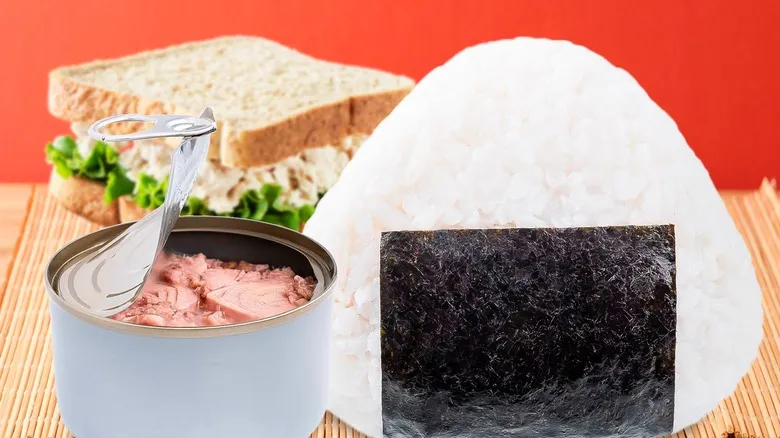It's time to stop crying over your onions

Many people employ various techniques to lessen the discomfort of cutting onions, and some methods can complement each other effectively. For example, chilling onions before slicing can be beneficial, as the compounds responsible for irritation are less volatile at lower temperatures. Additionally, cutting onions in a well-ventilated space or near a fan can help disperse these irritating chemicals. Combining these two strategies can significantly reduce the discomfort.
Another option is Martha Stewart's burner trick, which involves chopping onions close to an open flame, like a gas stove. While this may seem unusual, the concept is that the flame will attract and eliminate the irritating compounds before they reach your eyes. However, since some individuals have more sensitive tear glands, not every method will work for everyone, and it may require some experimentation to discover what suits you best.
If you find that none of these methods are effective, don’t lose hope! A "no tears" onion known as the Sunion was introduced in 2017 after 30 years of hybridization. Unlike traditional onions, Sunions are reported to become sweeter over time. Dietitian Heather Martin tested them on the show Today and noted that she experienced no burning or stinging, even when holding the sliced onion close to her face. Sunions can be found at select retailers, including Aldi, Kroger, Costco, Publix, Meijer, and Whole Foods.
Recommended

Tired Of Making Goopy Sandwiches With Your Canned Tuna? Try Onigiri Instead

Pour Boiling Water Over Chicken For Superbly Crispy Skin

The Simple Way To Put A Greek Spin On Coleslaw

11 Ina Garten Tips That Will Make You A Better Home Cook
Next up

